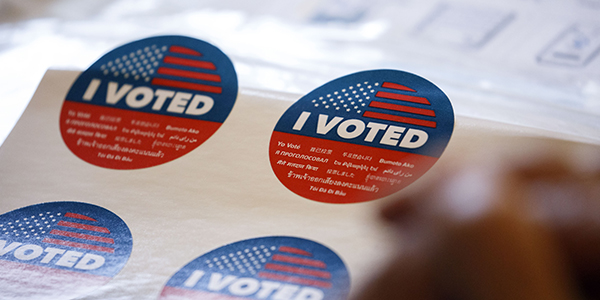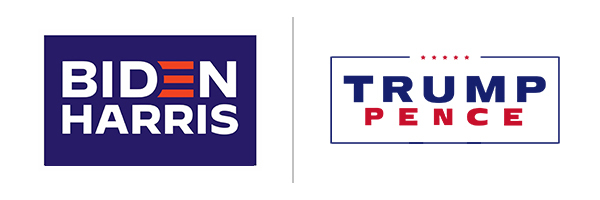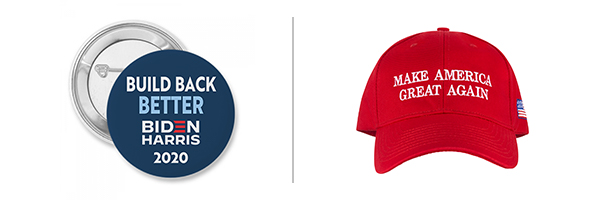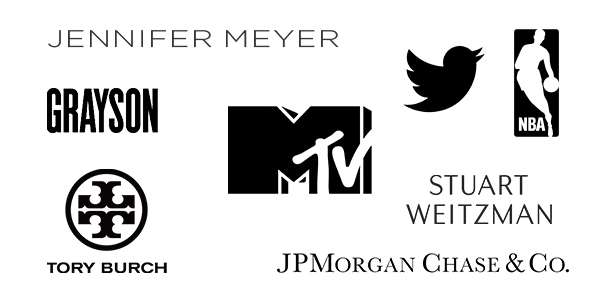Good brands are built to help organizations predict and thrive through change. Often times, that change is external and at a market level. The healthcare industry is no different, and is currently experiencing a series of shifts that not only impact businesses, but brands.
Admittedly, when we speak of the healthcare industry, we reference a broad ecosystem of people and organizations that include clinicians, payers, patients, medical device companies, pharmaceutical companies, hospital systems and more. So while there are trends that are exclusive to individual players, in a connected ecosystem like healthcare, a change to one stakeholder group often impacts the others. Here’s what we believe are the pervasive trends in the industry:
- Increasing costs for labor, supplies and equipment
- A significant labor shortage, especially in rural hospitals and networks
- Consolidation of hospitals and networks leading to a smaller pool of decision-makers with outsized influence
- The rising frequency of direct patient care, a seeming response to patients demanding quality, affordable care
- Value-based care isn’t new, but it is becoming a more prevalent conversation year-over-year
- The exploration of how evolving technologies, such as AI, have a role in areas including patient care, facility management and medical resources
- Regulatory bodies and governments continue to look at drivers of healthcare companies and are poised to impose big change on things like technology, reimbursement, and drug and treatment affordability, among other key areas
Amidst the backdrop of these trends, long-standing dynamics continue to impact what makes a brand successful in healthcare, strategically and creatively.
Strategically:
- The ever-growing role of VACs and administrators in decision-making requires suppliers to make a compelling case around value—and care using benchmarks that speak to these groups (e.g., improved outcomes, reduced risk, shorter LOS)
- Regulation also has impacts on brand development as it can create guardrails that limit creativity, extend approvals and require unexpected collaborations
- Outreach to clinicians must be done with the knowledge that clinicians “own” the patient and any messaging and marketing should respect that boundary
- Clinicians, many of whom are also members of VACs and have an administrative role in decision-making, are very literal; high-concept messages and campaigns do not connect
- Arming the patient is increasingly important; with the advent of technology, they are doing their own research and becoming their own best advocates. Along with caregivers, another key influencer, patients are no longer looking to be disintermediated. Even those organizations who haven’t traditionally gone DTP (medical device and pharma, for example) must adapt
Creatively:
- Visually, cooler tones are more popular and appealing because of their calming and positive nature. However, they are not ownable and need to be combined with other palettes, patterns or graphics to create distinction
- Lifestyle images with patients and families are more relatable and approachable, but are also very common. Abstract/conceptual imagery does not connect well, but is another way to complement and create distinction
One last thought
And last, but certainly not least … like many other industries and organizations driven by product revenue, many healthcare companies are debating the value between performance marketing and brand marketing.
Which will prevail? Which is more impactful for healthcare organizations? The answer is… both.
Within healthcare especially, it is imperative that companies invest in both performance and brand marketing. While product marketing is undeniably a lifeline of an organization—be it drug, therapy or device—trust is even more vital in healthcare. And that trust is embedded at the brand level, serving as an umbrella that enhances equity for all the products and services beneath it. Equity at the brand level gives you goodwill, higher familiarity, a shorter sales cycle, permission to expand beyond your core and possibly, permission to make a mistake. Most importantly, brand marketing can be measured as well as performance marketing. Want to learn how? It’s one of our favorite conversations here at Tenet. We look forward to chatting.










